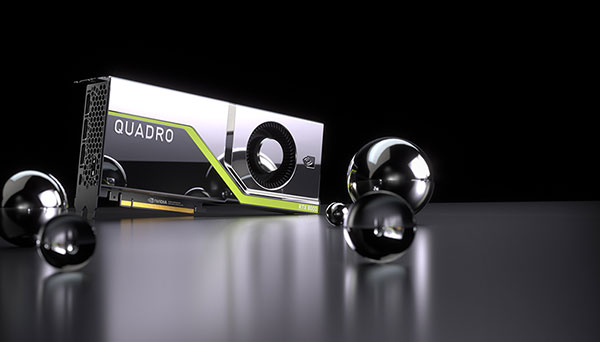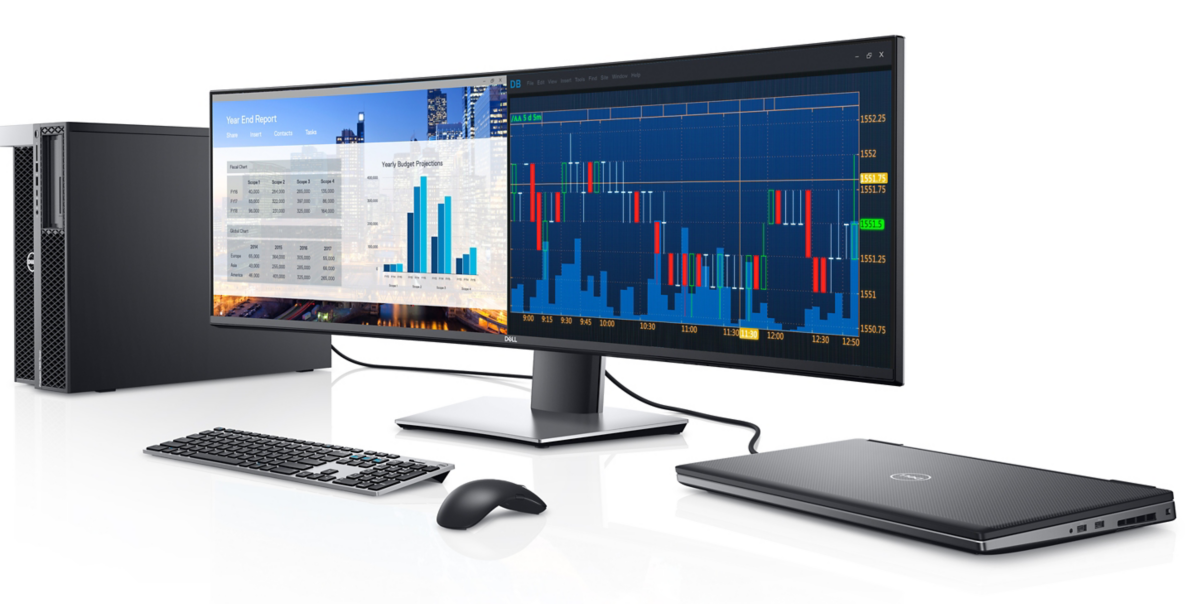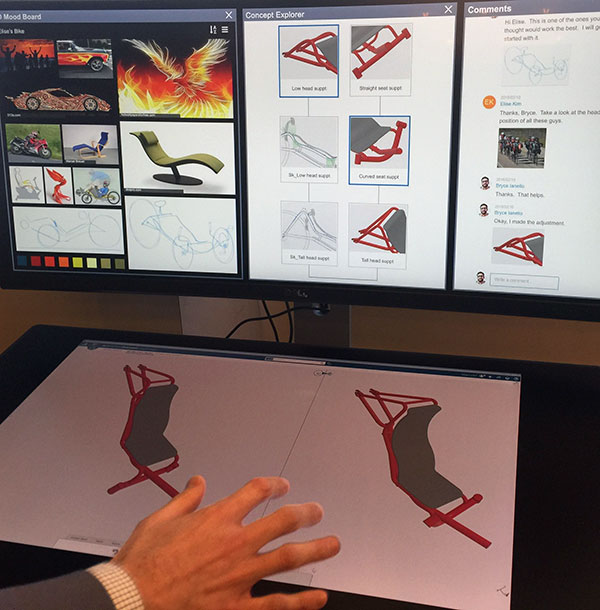Digital Design Technology: a New Dawn
A renaissance in visualization technology is driving a new era in digital design.

The Dell UltraSharp 49 Curved Monitor has a wide 32:9 aspect ratio that is designed for multi-screen productivity. Image courtesy of Dell.
Engineering Resource Center News
Engineering Resource Center Resources


Latest News
November 12, 2018
There was a time when digital renderings were easily distinguished from photographic counterparts. Then came the amazing realism seen in big-budget Hollywood movies — with a sizable chunk of those budgets going to computer-generated imagery. Realistic rendering was a painstaking, expensive process done on large render farms. Those days are gone. Today, design engineers have access to affordable, photorealistic rendering, 3D animations and simulation, as well as immersive design technologies like augmented and virtual reality.
New visual technology has made this new visual design engineering workflow possible. Professional workstations equipped with graphics processing units (GPUs), which can handle multiple streams of data fed to them by software designed to take advantage of their parallel processing capabilities, as well as ultra-sharp 4K and even 8K monitors have become the norm for design engineers. Consequently, today’s visual design workflow has entered a new realm. These advances improve team collaboration by easily sharing realistic digital prototypes, data visualizations and simulations with team members unaccustomed to technical drawings.
Enhancing the Entire Design Process
The latest GPUs on the market, the NVIDIA RTX family, make use of the company’s new Turing architecture. NVIDIA says its dedicated ray tracing processors render film-quality effects 30X faster than CPUs; save time with deep learning-accelerated denoising, resolution scaling and video re-timing using artificial intelligence; and improve raster performance by up to 50% over previous-generation GPUs for more fluid interactivity with large 3D models and virtual reality experiences.

In his SIGGRAPH 2018 keynote, NVIDIA CEO Jensen Huang introduced the first Turing-based products—the Quadro RTX 8000, 6000, and 5000 GPUs and Quadro RTX Server—by demonstrating a trailer Porsche created to show off its 70th anniversary 911 Speedster Concept. As it turns out, the trailer was not a video but a real-time, ray-traced render. See it here.
“You can’t do that with rasterization,” Huang said as moving lights dynamically reflected off the car. “Everything is all ray-traced.”
The Art of Display
But visuals are only as good as the hardware you’re using to see them. Enter a new generation of monitors with what just a few years ago would have been thought of as insanely high resolutions. For example, the Dell UltraSharp 49 Curved, 32 4K USB-C and 34 Curved USB-C monitors come with significant features to enhance productivity. Picture-by-Picture allows for multi-tasking content from two different PCs. A built-in keyboard, video and mouse (KVM) help users toggle between and edit content using a single keyboard and mouse. The new portfolio of monitors also offers USB-C connectivity that charges a connected laptop while transmitting data and video signals, all from one single cable to reduce cable clutter.
Dell introduced the UltraSharp 49 Curved Monitor in October, calling it “the world’s first 49-inch curved dual QHD monitor.” It has a wide 32:9 aspect ratio for seamless multi-screen productivity. It is intended to replace two 27-inch QHD monitors. The large onscreen space with 5120x1440 resolution and IPS technology allows users to view more content and see fine details with consistent color across a wide viewing angle, according to the company.

Bringing It All Together—On Canvas
As yet another example of how visual technology is advancing, Dell Canvas offers a new way to digitally design. The 27-inch workspace empowers natural digital creation and features an electro-magnetic resonance pen that can operate without cords or batteries, a totem to dial in graphic software menu preferences, and a touch surface.

Nike is using the digital canvas to design its next generation of footwear. Ken Black, vice president of Digital Design Transformation at Nike, described Dell Canvas as a tool to help them “inspire the world” with their footwear creations. “At the heart of things, we’ve always been makers,” said Black at Dell EMC World. “From the beginning, we’ve been craftsmen, tinkerers, innovators. That [point of view] has enabled us to drive the performance and aesthetic of what we call modern sports.”
Advances in visual technologies signify a new dawn in visual technology, one that is changing and positively charging 3D design teams. Black characterized this movement when he said: “How do we get the brilliant idea that exists in each designer’s head out and in the world—to you—faster, better, more beautifully, and more seamlessly? It’s about the visualization. But being a physical product company, it’s also about the realization of that end product.”
Subscribe to our FREE magazine, FREE email newsletters or both!
Latest News





